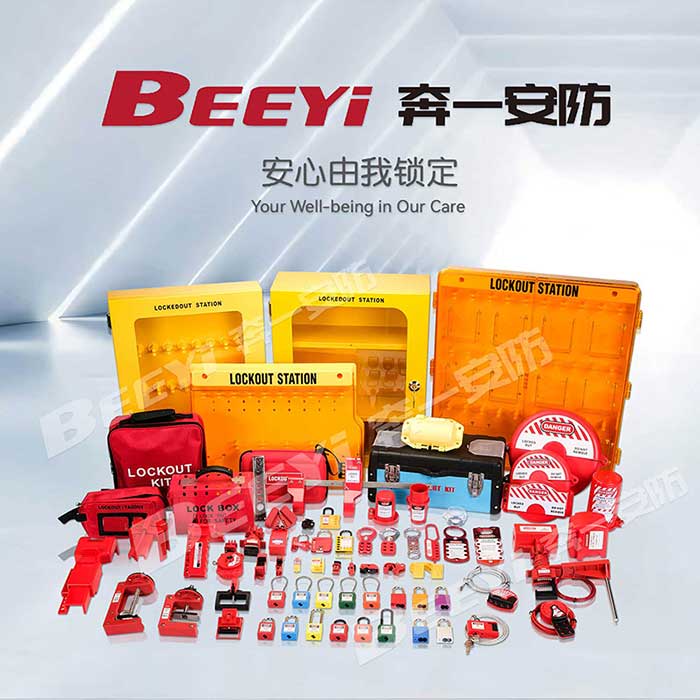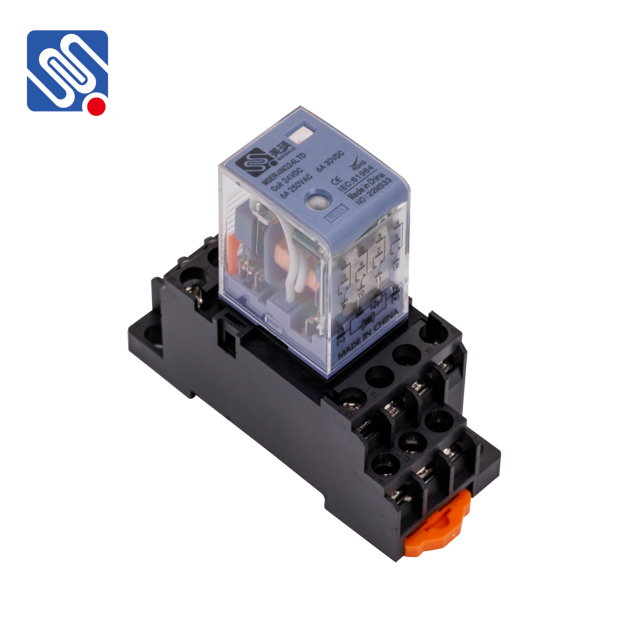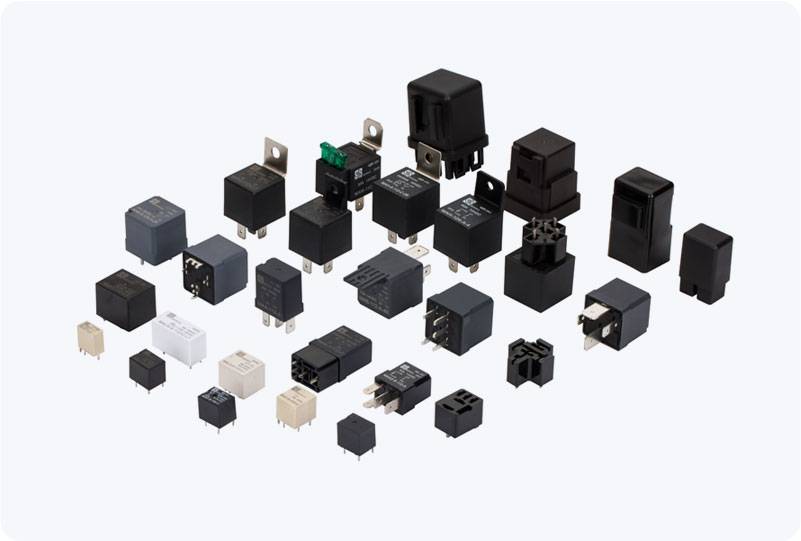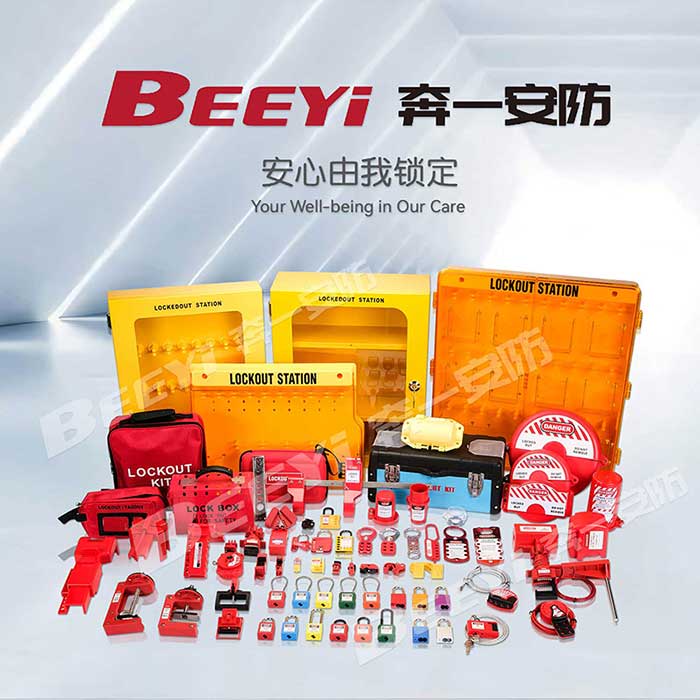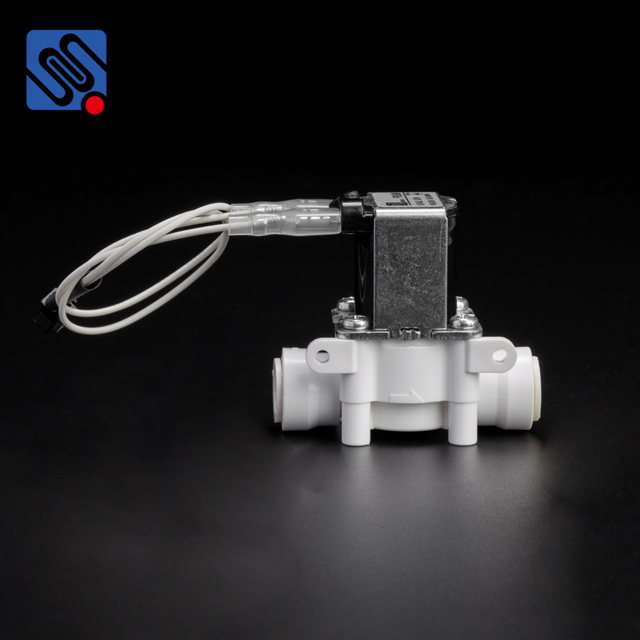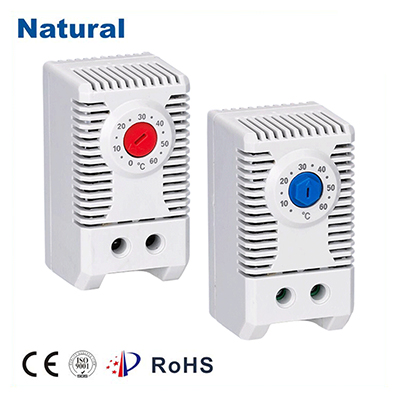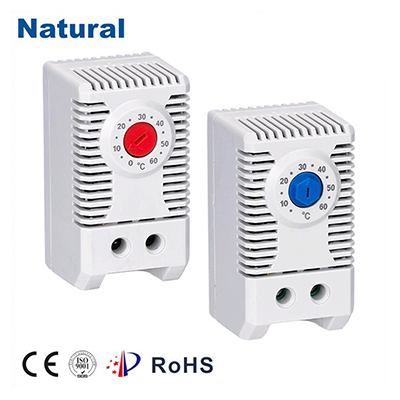A 30A Power Relay is a critical component in the electrical control systems of many high-power applications. As industries and technology evolve, the need to control large amounts of power efficiently and safely has increased. The 30A Power Relay is designed to meet these demands by offering reliable performance in switching high electrical currents, making it an essential device in sectors such as automotive, industrial automation, and home appliances. In this article, we will explore the functionality, features, and applications of the 30A Power Relay, and understand why it plays a crucial role in electrical systems.

What is a 30A Power Relay? A Power Relay is an electromagnetic switch used to control the flow of electricity in a circuit. The “30A” in the name refers to its ability to handle currents up to 30 amperes, which makes it suitable for high-power devices and systems. When a relay is energized, it activates an internal switch that either opens or closes a circuit, depending on the design of the relay. This enables remote control of power systems, allowing for the safe and efficient operation of equipment that requires high current. In essence, a 30A Power Relay allows low-power electronic systems to control high-power devices, preventing the need for manual intervention and reducing the risk of human error or electrical hazards.
